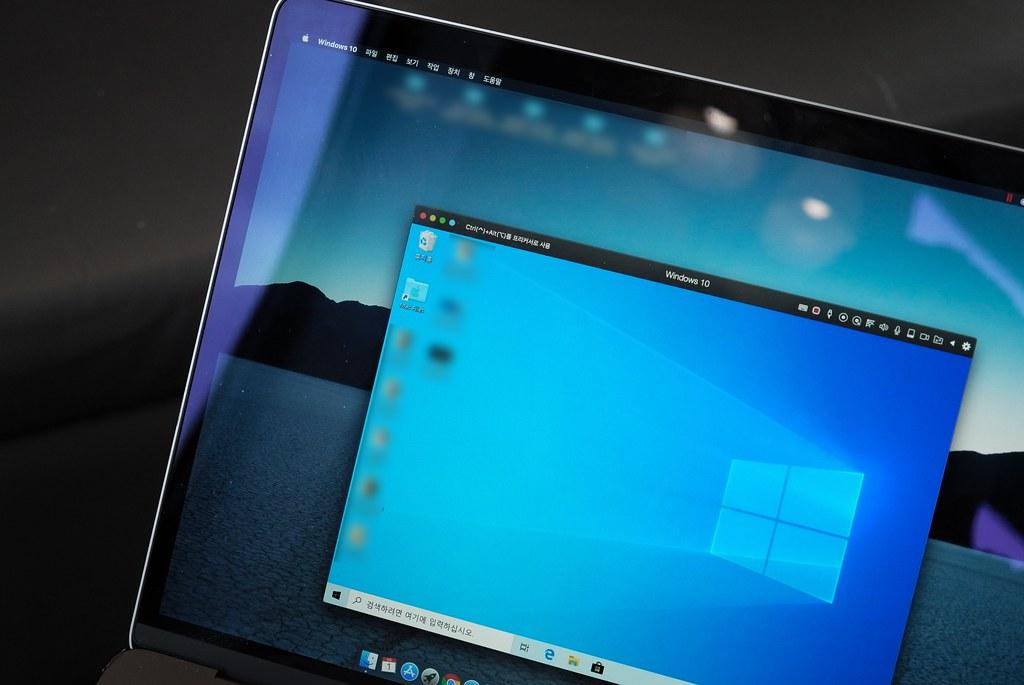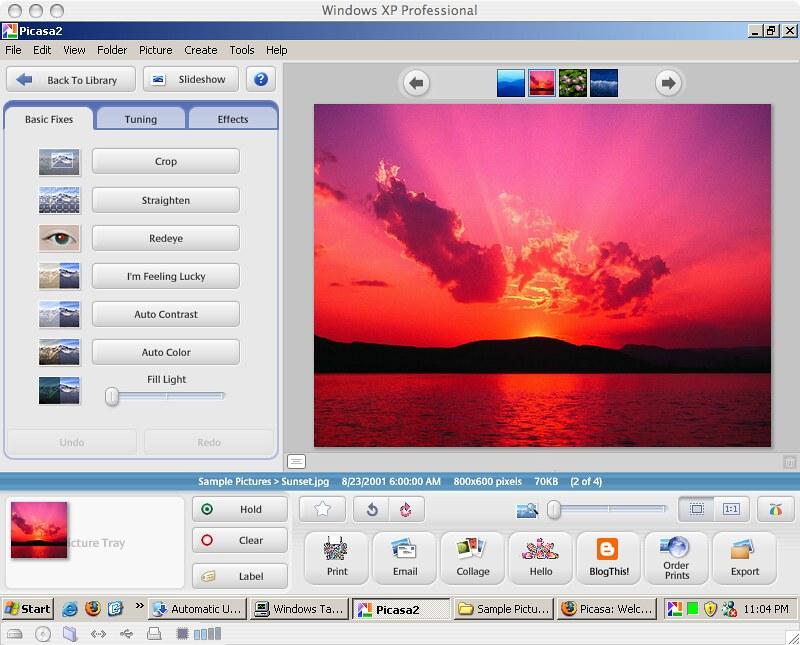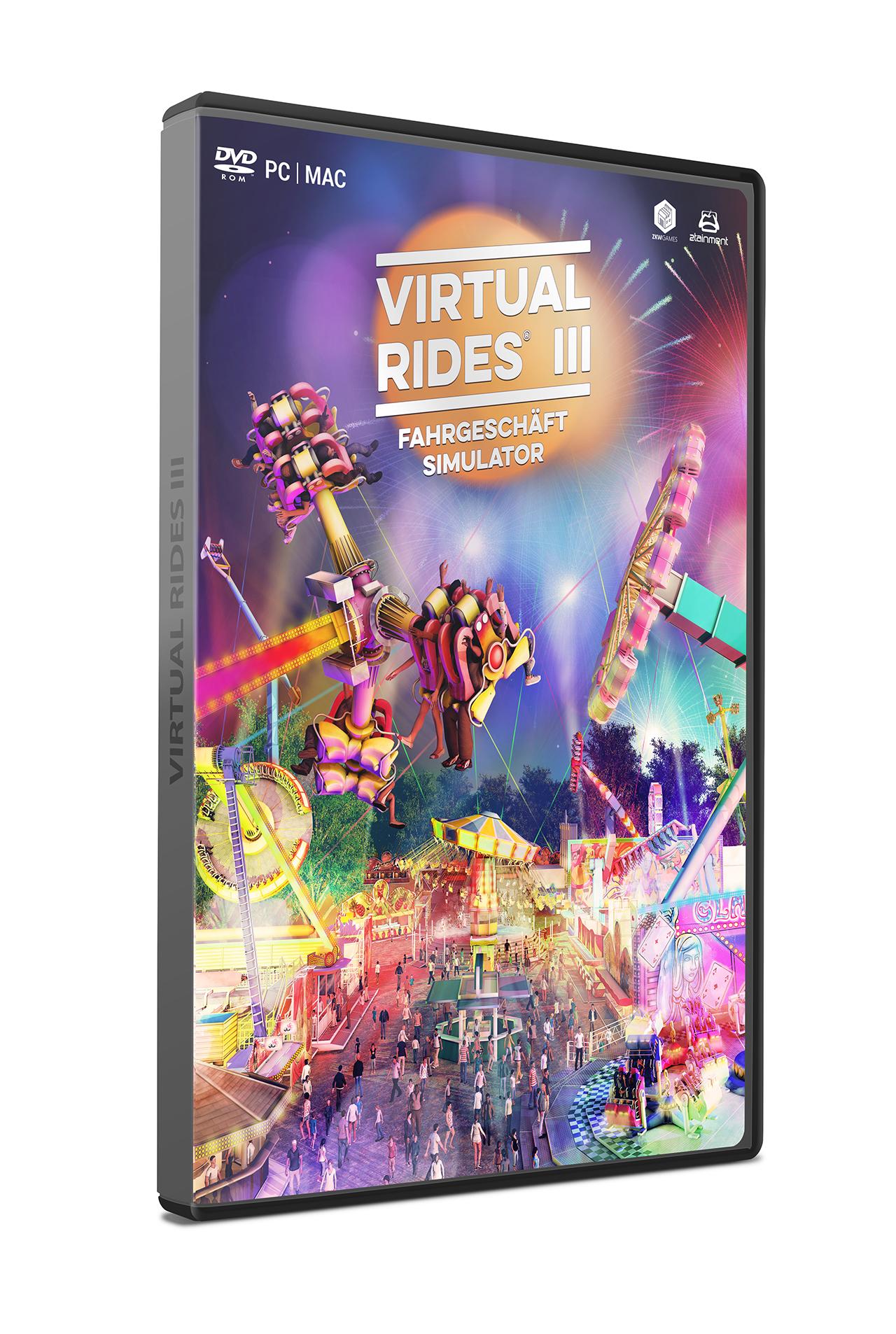
In today’s digital age, the virtual PC has become a valuable resource for individuals and organizations seeking increased flexibility and convenience in their computing experiences. Whether you are a tech-savvy enthusiast or a curious beginner, navigating the world of virtual PCs may seem intimidating at first. Fear not! This article aims to provide you with a comprehensive guide on how to effectively utilize a virtual PC, demystifying the process and equipping you with the knowledge you need to embark on this virtual journey. From understanding the fundamentals to optimizing performance, we will explore step-by-step instructions and practical tips to help you maximize the benefits of this innovative technology. So, let’s dive in and uncover the secrets to seamlessly harnessing the power of a virtual PC!
Introduction to Virtual PCs
Paragraph 1:
In today’s technological era, virtual PCs have become a game-changer in the world of computing. A virtual PC, often referred to as a virtual machine, is a software emulation of a physical computer that enables users to run multiple operating systems simultaneously on a single physical machine. This powerful tool has gained popularity due to its versatility, cost-effectiveness, and convenience. Whether you want to test software, experiment with different operating systems, or create a virtual lab environment, a virtual PC can fulfill your needs.
Paragraph 2:
To start using a virtual PC, you first need to choose a virtualization platform. There are various options available, such as Oracle’s VirtualBox, VMware Workstation, and Microsoft’s Hyper-V. Each platform has its own set of features and capabilities, so it’s essential to select the one that aligns with your requirements. Once you have decided on a virtualization platform, you can download and install the software on your physical machine.
Paragraph 3:
After installing the virtualization software, you can create a new virtual machine within the platform. This process involves allocating system resources, such as CPU, memory, and storage, to your virtual machine. It’s important to allocate resources wisely to ensure optimal performance. Additionally, you will need to choose an operating system to install on your virtual machine. You can either use an ISO file of an operating system or install it from a physical installation disc.
Paragraph 4:
Once your virtual machine is set up and the operating system is installed, you can start using it just like a physical computer. You can install software, browse the internet, and perform various tasks within the virtual environment. One of the key advantages of using a virtual PC is the ability to take snapshots. Snapshots allow you to capture the current state of your virtual machine and revert back to it if anything goes wrong. This feature is particularly useful when testing software or making system changes.
Paragraph 5:
In conclusion, virtual PCs are a valuable tool for individuals and businesses alike. They provide the flexibility to run multiple operating systems on a single machine and enable users to experiment, test, and create virtual environments. By understanding the basics of virtualization platforms, creating virtual machines, and utilizing the features that come with them, you can unlock the full potential of virtual PCs. So why wait? Dive into the world of virtualization and discover a new dimension of computing possibilities.

Installation and Setup Guide for Virtual PC Software
Virtual PC software allows you to create and run virtual machines on your computer, enabling you to use different operating systems and software without the need for additional hardware. In this installation and setup guide, we will walk you through the steps to successfully install and configure virtual PC software on your machine.
1. Choose the Right Virtual PC Software
There are several virtual PC software options available, each with its own features and compatibility requirements. Before proceeding with the installation, carefully research and select the virtual PC software that best suits your needs. Some popular options include Oracle VM VirtualBox, VMware Workstation, and Microsoft Hyper-V.
2. Download and Install the Virtual PC Software
Once you have chosen your preferred virtual PC software, visit the official website to download the installation file. Run the setup file and follow the on-screen instructions to complete the installation. Make sure to customize the installation settings based on your preferences.
3. Configure Virtual Machine Settings
After successfully installing the virtual PC software, it’s time to configure the virtual machine settings. Open the software and click on “New” or “Create New Virtual Machine” to start the setup wizard. Specify the operating system you want to install, allocate the desired amount of RAM and disk space, and configure other settings such as network connectivity and display resolution.
4. Install the Operating System
With the virtual machine settings in place, it’s time to install the desired operating system. Insert the installation media (CD/DVD or ISO file) into your computer and start the virtual machine. Follow the regular installation process for the chosen operating system. Make sure to install the necessary drivers and software within the virtual machine as well.
5. Additional Configuration and Tweaks
Once the operating system installation is complete, you can further customize and optimize your virtual machine. Install essential software, enable shared folders or clipboard functionality between the host and virtual machine, and configure network settings as needed. Take advantage of features like snapshots to capture the state of your virtual machine for quick restoration in case of any issues.
By following these steps, you can effectively set up and use virtual PC software to create and run virtual machines on your computer. Remember to regularly update your virtual PC software and keep your virtual machines secure by installing necessary patches and updates. Have fun exploring and using different operating systems without the need for additional hardware!

Recommended Hardware and Software Requirements for Virtual PCs
Using a virtual PC can provide flexibility and convenience, allowing you to run multiple operating systems or applications on a single computer. However, before diving into the world of virtual PCs, it is important to ensure that your hardware and software meet the recommended requirements. This will ensure optimal performance and a smooth virtual PC experience.
Hardware Requirements:
- Processor: You will need a processor with at least a dual-core capability to run virtual machines efficiently. A quad-core or higher processor is recommended for running multiple virtual PCs simultaneously.
- Memory(RAM): Virtual machines require a significant amount of memory. It is recommended to have a minimum of 8GB of RAM, but for better performance, 16GB or more is ideal.
- Hard Drive: A solid-state drive (SSD) is highly recommended as it provides faster read and write speeds. The amount of storage space will depend on the size of the virtual PCs you plan to create.
- Graphics Card: For most virtual PC applications, a dedicated graphics card is not necessary. However, if you plan to run graphics-intensive applications or games, a more powerful graphics card may be required.
Software Requirements:
- Virtualization Software: To create and run virtual PCs, you will need virtualization software. Popular options include VMware Workstation, VirtualBox, and Hyper-V. These software packages offer a range of features and support for different operating systems.
- Operating System: The host operating system is the one installed on your physical computer, while the guest operating system refers to the virtual PC. Ensure that the virtualization software you choose supports your desired guest operating system(s).
- Antivirus Software: Just like with any computer, it is important to have reliable antivirus software installed on both the host and virtual PC(s) to protect against malware and viruses.
- Network Connectivity: Virtual PCs rely on internet connectivity to function properly. Ensure that your host computer has a stable connection and that you configure networking settings within the virtualization software to enable internet access for the virtual machines.
In summary, before using a virtual PC, make sure your hardware meets the recommended requirements in terms of processor, memory, hard drive, and graphics card. Additionally, ensure that you have the necessary software, including virtualization software, operating systems, antivirus protection, and a reliable network connection. By meeting these requirements, you are well on your way to maximizing the benefits of virtual PC technology.
Navigating and Operating a Virtual PC
In today’s digital era, virtual PCs have become an essential tool for various purposes, ranging from software development to testing and training. can seem daunting at first, but fear not! This post will guide you through the process step by step, ensuring that you can make the most out of this powerful technology.
-
Set up your virtual PC: Before you can start navigating and operating your virtual PC, you need to set it up properly. First, select the virtualization software that suits your needs – popular options include Oracle VM VirtualBox and VMware Workstation. Download and install the software on your host PC. Once installed, create a new virtual machine and configure it, specifying the amount of memory, hard disk space, and other settings required for your virtual environment.
-
Get familiar with the virtual environment: Once your virtual PC is set up, you’ll find yourself facing a desktop environment within a window on your host PC. When navigating the virtual environment, keep in mind that the keyboard shortcuts and mouse movements might behave slightly differently from what you’re used to on your host PC. Experiment with these variations to gain mastery over the virtual environment. Remember, practice makes perfect!
-
Transferring files between host and virtual PC: At times, you may need to transfer files between your host PC and the virtual one. To do this, explore the options provided by your virtualization software. In most cases, you can drag and drop files from your host PC directly into the virtual PC window, or you can use the shared folders feature to access files across both environments. Familiarize yourself with these file transfer methods to make your workflow seamless and efficient.
-
Optimizing virtual machine performance: To ensure a smooth experience while operating your virtual PC, it’s essential to optimize its performance. Allocate sufficient memory and CPU resources to your virtual machine by adjusting the settings within your virtualization software. Remember to periodically check for updates to your virtualization software and install them to benefit from performance enhancements and bug fixes. Additionally, avoid running resource-intensive applications simultaneously in both your host and virtual environments to prevent any slowdowns.
-
Backing up your virtual PC: Just like your physical PC, it’s crucial to back up your virtual PC regularly. Virtual machines, like any other digital system, are susceptible to crashes or data corruption. Make it a habit to create backups of your virtual machine files, ensuring that you have a copy stored separately from your host PC. Regular backups will provide peace of mind, allowing you to recover quickly in case of any unforeseen disasters.
may present initial challenges, but with practice and understanding, you’ll soon harness its full potential. Armed with these tips and tricks, you’ll be able to use your virtual PC like a pro, optimizing your workflow and maximizing your productivity. So, dive in, explore, and unlock a world of possibilities through the power of virtualization!
Best Practices for Efficient and Secure Use of Virtual PCs
Virtual PCs offer a convenient and secure way to access your computer and work remotely. To ensure efficient and secure use of virtual PCs, it’s important to follow best practices. In this post, we’ll explore some tips and tricks to help you make the most out of your virtual PC experience.
-
Keep your virtual PC updated: Just like with a physical computer, it’s crucial to regularly update your virtual PC’s operating system and software. This will ensure you have the latest security patches and bug fixes, protecting your virtual environment from potential vulnerabilities.
-
Use strong and unique passwords: Your virtual PC’s security starts with a strong password. Use a combination of uppercase and lowercase letters, numbers, and special characters. Additionally, avoid reusing passwords across different platforms to minimize the risk of a data breach.
-
Enable two-factor authentication: Adding an extra layer of security to your virtual PC is always a good idea. Enable two-factor authentication wherever possible, so even if someone manages to obtain your password, they won’t be able to access your virtual machine without the secondary authentication method.
-
Backup your data regularly: Accidents happen, even in the virtual world. Make sure you have regular backups of your important files and documents. This way, if your virtual PC crashes or becomes infected with malware, you can quickly restore your data and get back to work.
-
Optimize performance: To maximize efficiency, there are several things you can do. Firstly, allocate enough resources like CPU, RAM, and storage to your virtual PC. This will ensure a smooth and responsive performance. Secondly, close any unnecessary programs or background processes to free up system resources. Lastly, consider using SSD storage for faster data access and overall better performance.
In summary, by following these best practices, you can ensure efficient and secure use of your virtual PC. Regular updates, strong passwords, two-factor authentication, regular backups, and performance optimization will contribute to a productive and safe computing experience. So, take advantage of the convenience virtual PCs offer, while keeping security at the forefront of your virtual computing journey.
Q&A
Q: What is a virtual PC?
A: A virtual PC, also known as a virtual machine (VM), is a software emulation of a physical computer that allows you to run multiple operating systems on a single physical machine.
Q: Why would I need to use a virtual PC?
A: There are several reasons why you might want to use a virtual PC. It can be useful for running software that is incompatible with your current operating system, testing new software without risking your main system, or creating a development environment with specific configurations.
Q: How do I set up a virtual PC?
A: To set up a virtual PC, you will need virtualization software such as VirtualBox, VMware, or Hyper-V. Download and install the software, then create a new virtual machine by following the software’s instructions. You will need to provide an installation ISO or a physical disk for the operating system you want to install on the virtual PC.
Q: What are the system requirements for running a virtual PC?
A: The system requirements for running a virtual PC depend on the virtualization software you choose and the operating systems you plan to run. Generally, you will need a computer with a sufficient amount of RAM, a fast processor, and enough storage space to accommodate the virtual machine and its operating system.
Q: How do I install an operating system on a virtual PC?
A: After creating a new virtual machine, you will need to insert the installation media (ISO or physical disk) into the virtual machine’s virtual DVD drive. Start the virtual machine, and it will boot from the installation media. Follow the on-screen instructions to install the operating system just as you would on a physical computer.
Q: Can I share files between my main operating system and the virtual PC?
A: Yes, most virtualization software allows you to share files and folders between your main operating system and the virtual PC. This feature enables easy file transfer and sharing of data between the two environments.
Q: Are there any security considerations when using a virtual PC?
A: While using a virtual PC can enhance security by isolating different operating systems, it is important to keep the virtualization software up to date with the latest security patches. Additionally, you should exercise caution when downloading and installing software within the virtual machine to avoid any potential malware.
Q: Can I run multiple virtual PCs simultaneously?
A: Yes, if your computer meets the system requirements, you can run multiple virtual PCs simultaneously using virtualization software. This allows you to have multiple isolated environments running different operating systems on a single physical machine.
Q: Can I use a virtual PC for gaming?
A: While it is technically possible to run some games on a virtual PC, the performance may be less than ideal due to the additional overhead of virtualization. Virtual PCs are primarily designed for running applications and operating systems, and their performance may vary depending on the hardware capabilities of the host computer.
Q: How can I optimize the performance of a virtual PC?
A: To optimize the performance of a virtual PC, you can allocate more RAM and CPU cores to the virtual machine, ensure that the virtualization software is using hardware virtualization if available, and optimize the settings of the virtual PC. It is also advisable to close any unnecessary background processes on your host computer to free up system resources. In conclusion, utilizing a virtual PC can greatly enhance productivity and streamline various tasks, offering a flexible and efficient computing solution. By following the steps outlined in this guide, you can confidently set up and navigate your virtual PC, creating a seamless virtual environment that meets your specific needs.
Remember to familiarize yourself with the software options available, ensuring compatibility and optimal performance for your virtual machine. Take advantage of the extensive library of virtual appliances, applications, and tools, which can empower you to accomplish a wide range of tasks efficiently.
Furthermore, don’t forget to regularly back up your virtual machine to safeguard your data and settings. This precautionary measure will protect against any unforeseen events, such as software issues or crashes.
As you become proficient in using a virtual PC, you will discover its numerous benefits, including the ability to set up different operating systems, test software without affecting your main computer, and access your virtual environment from any device. The possibilities are vast and the potential for maximizing your productivity is unlimited.
Whether you are a tech enthusiast, a software developer, or simply looking for an alternative computing solution, a virtual PC offers remarkable flexibility and convenience. Take advantage of these powerful tools and unlock a whole new world of computing possibilities. Happy virtual PC adventures!






